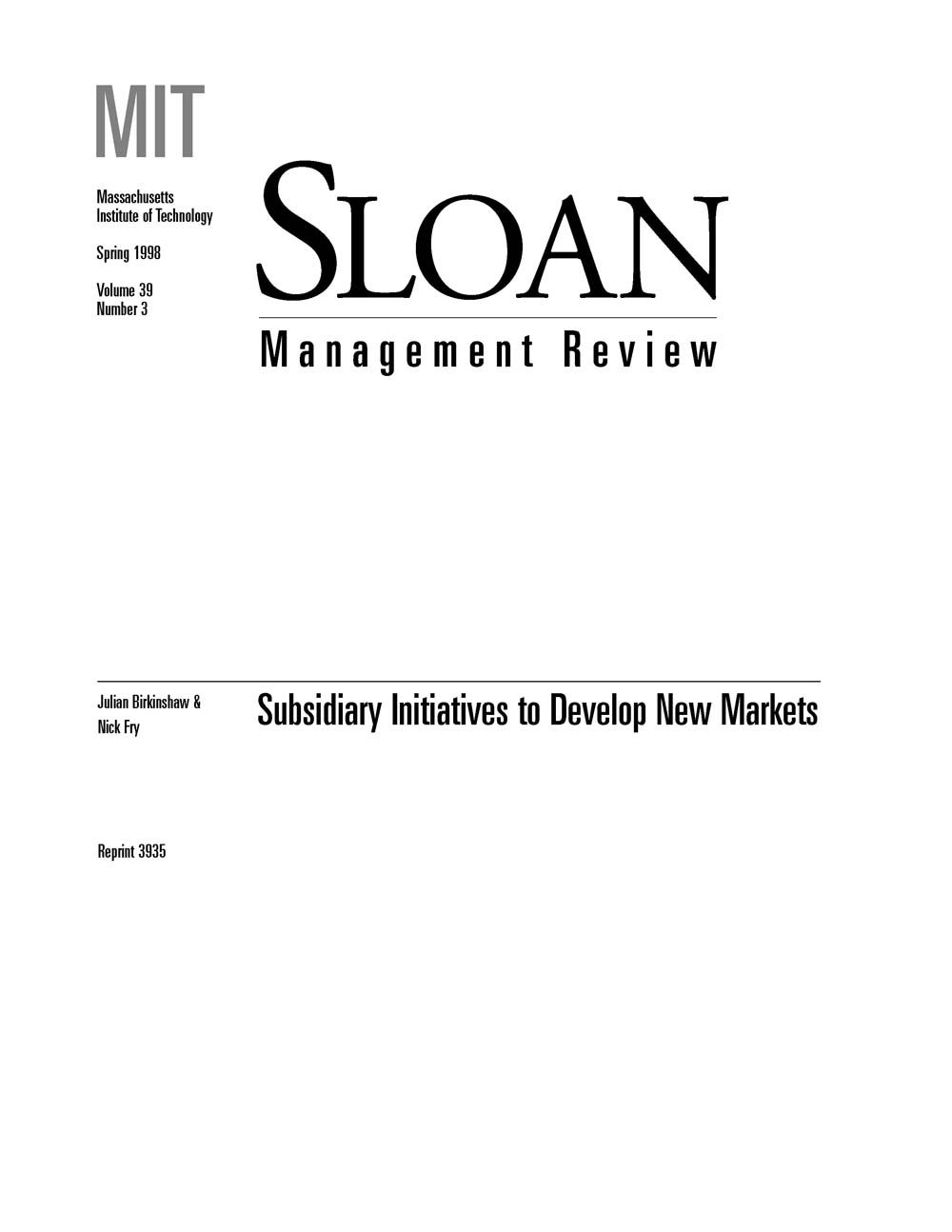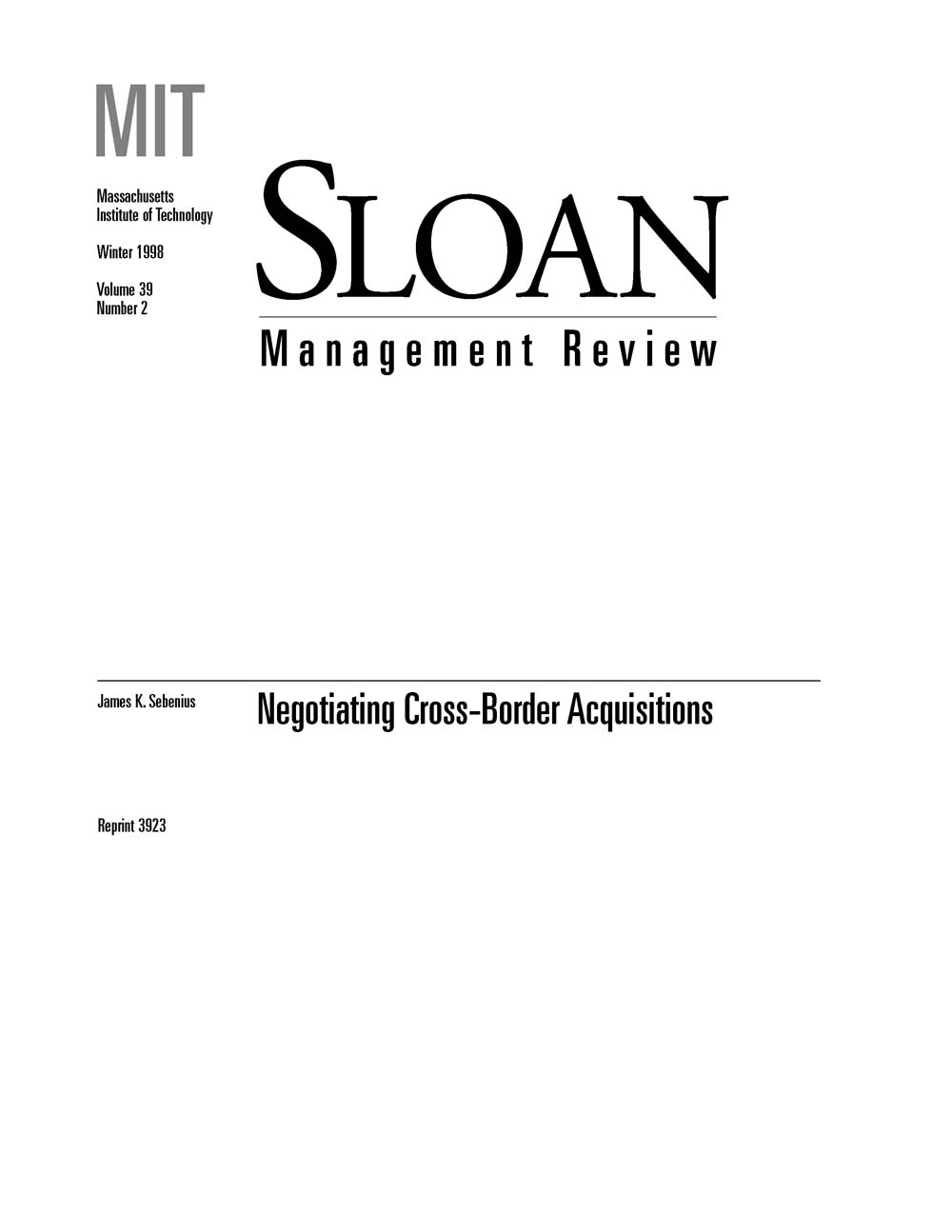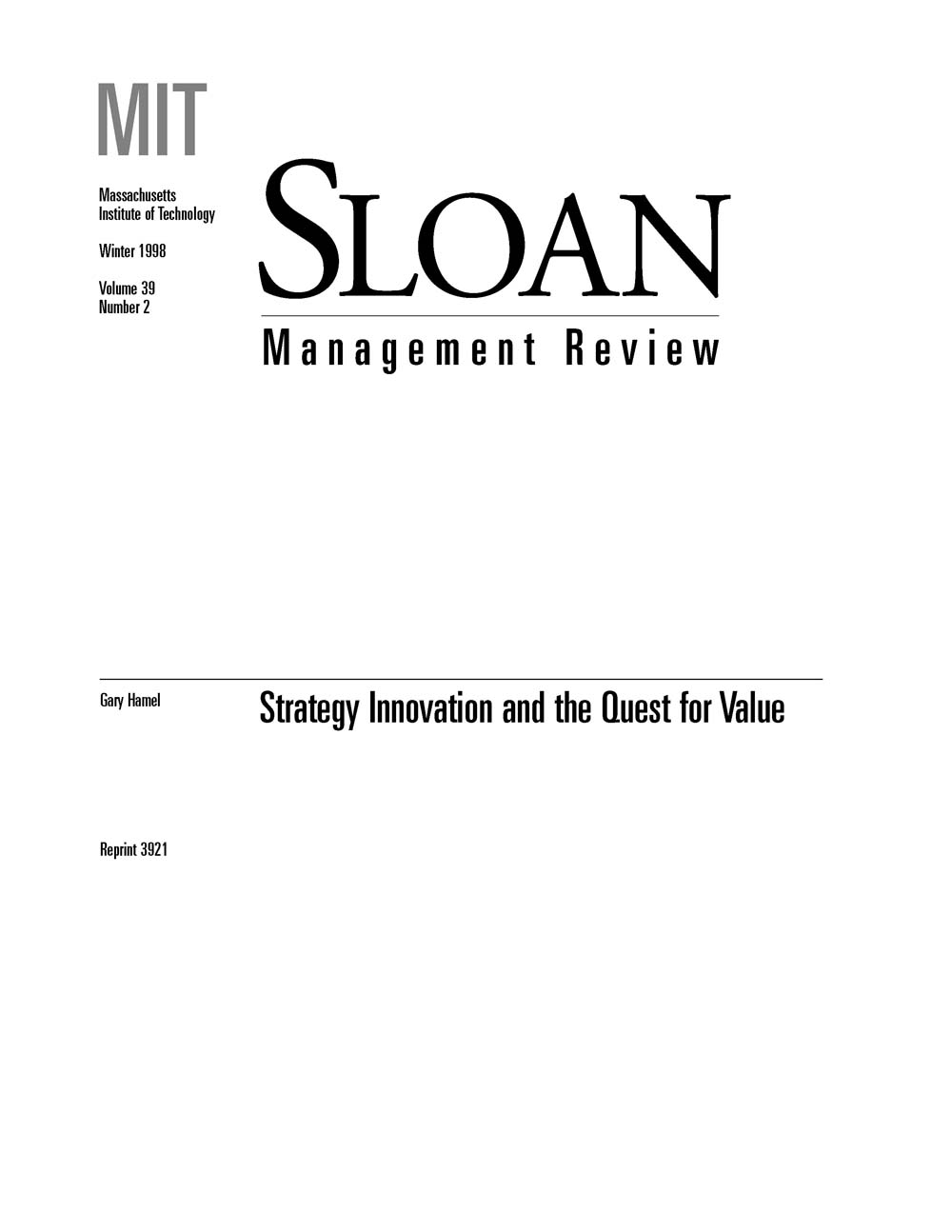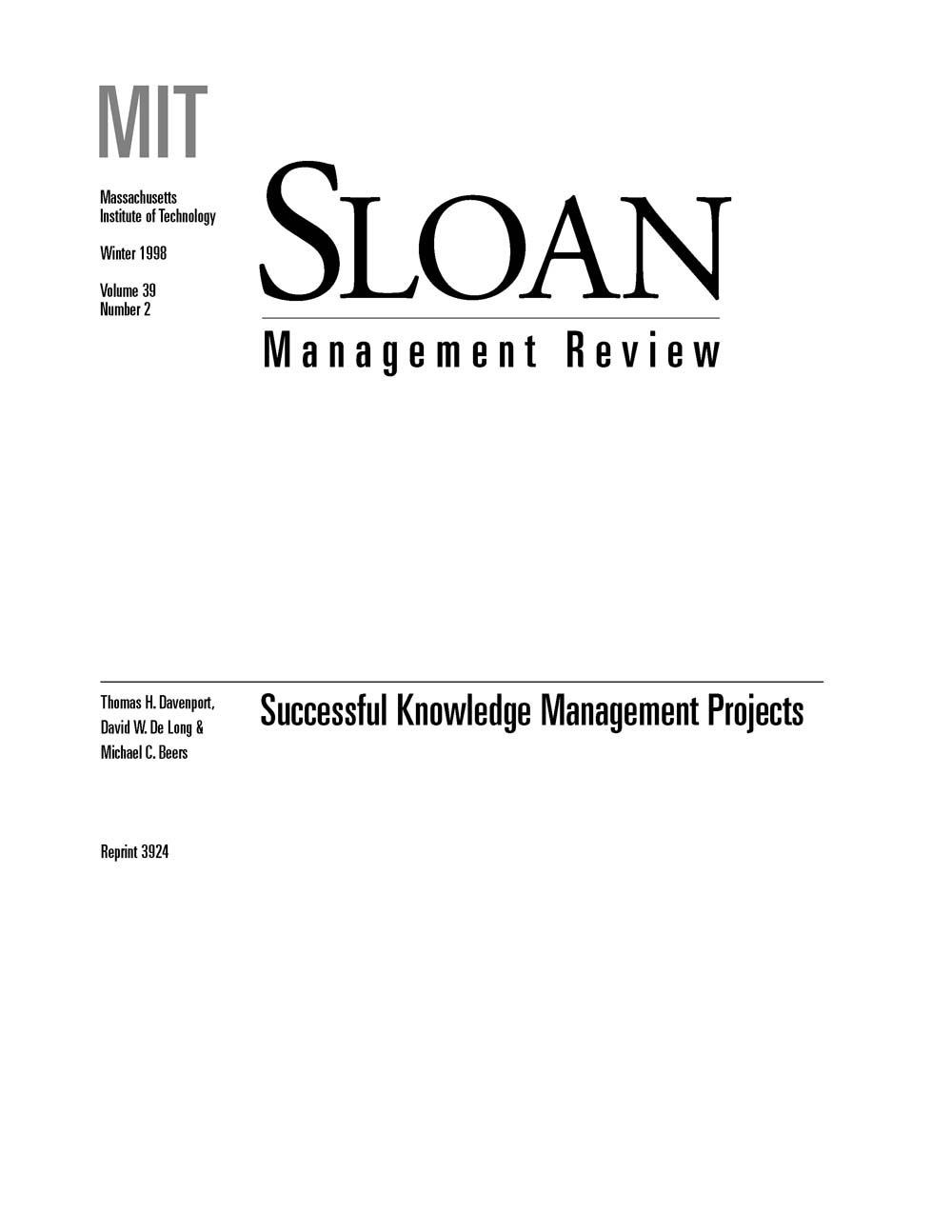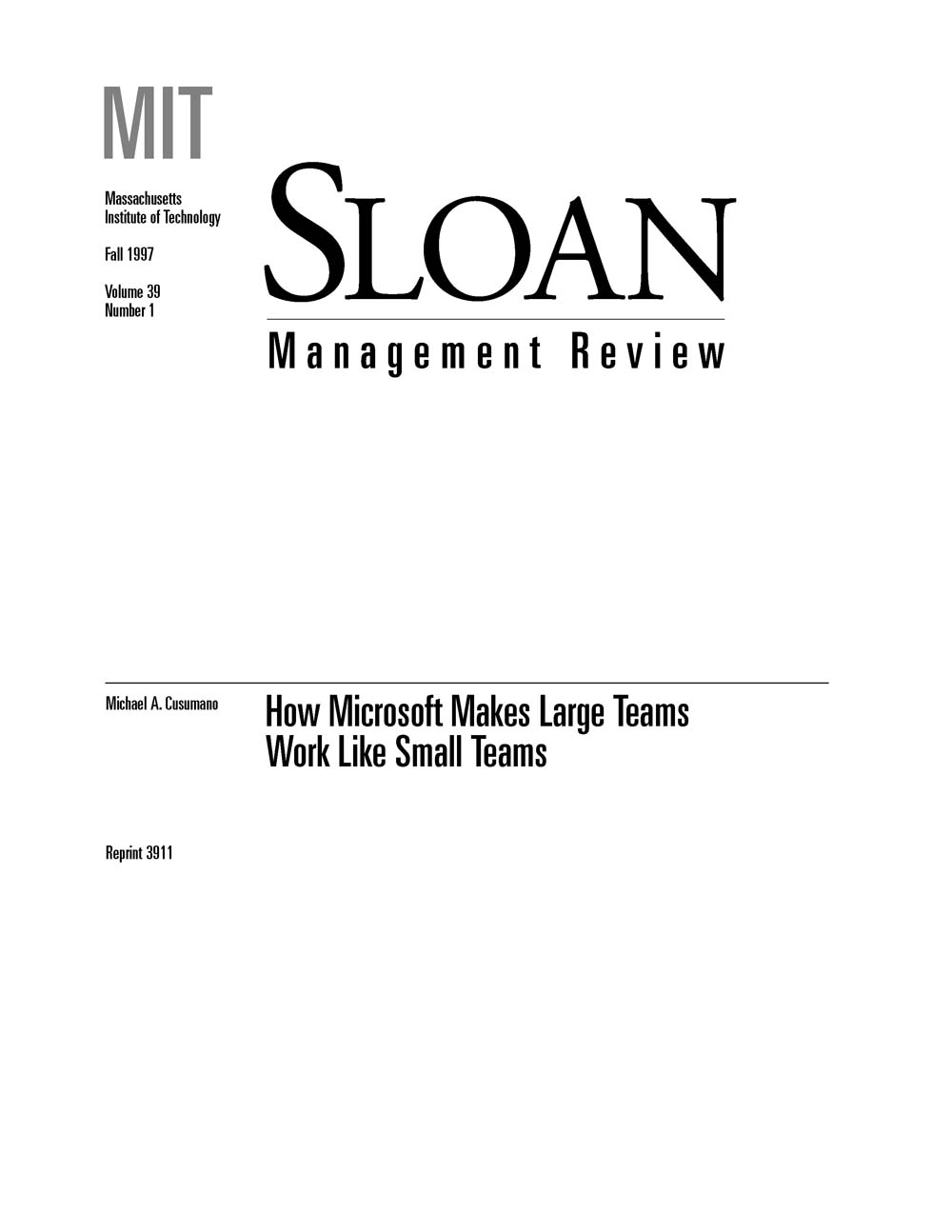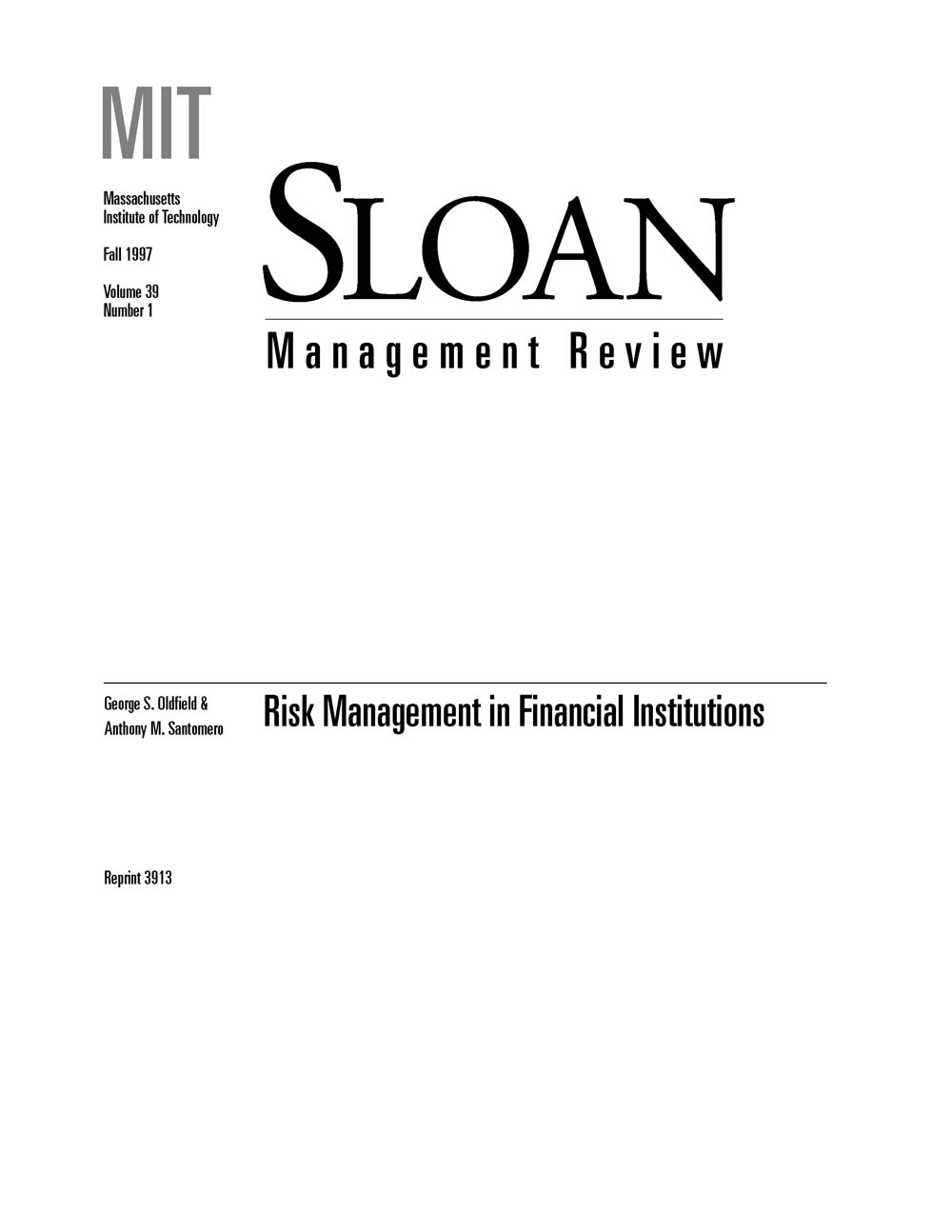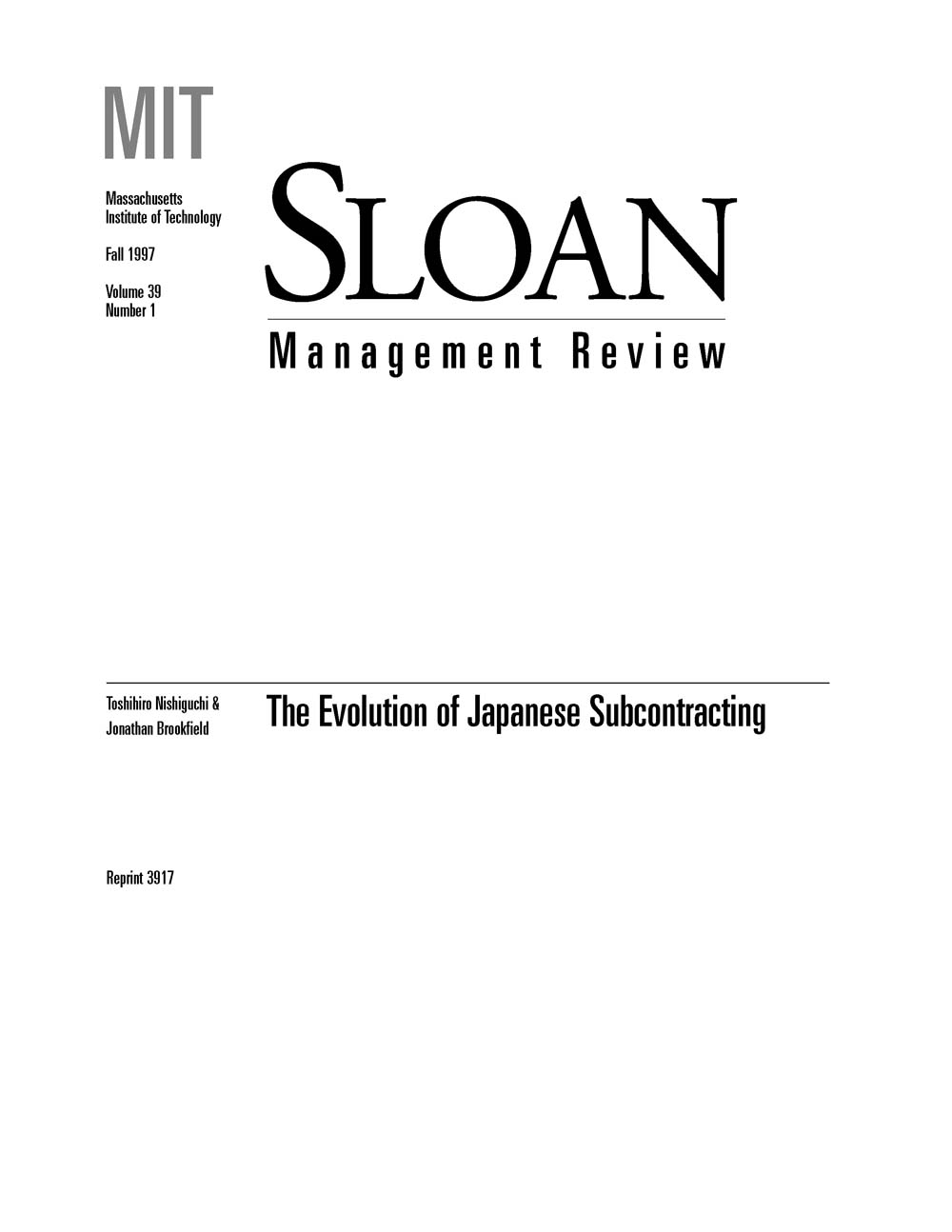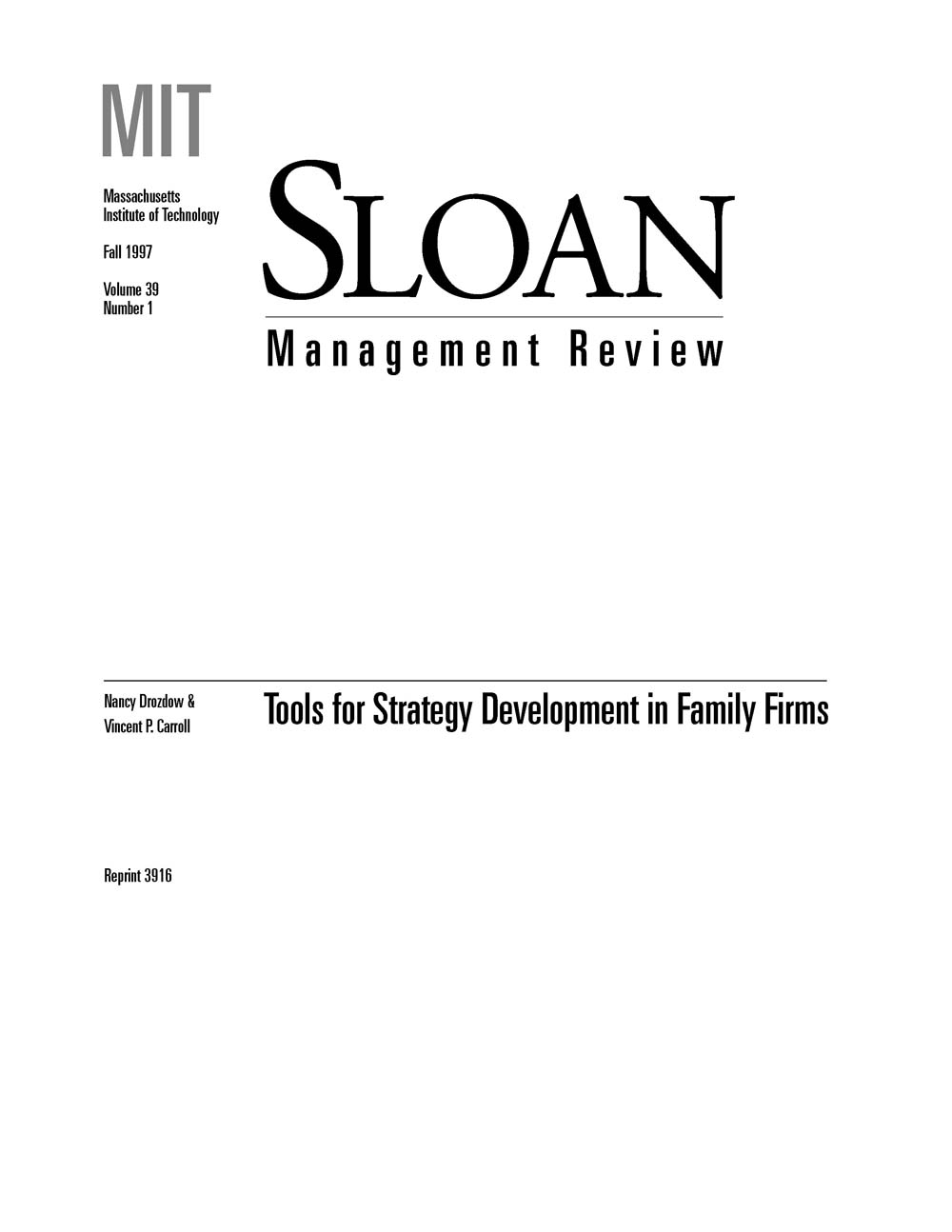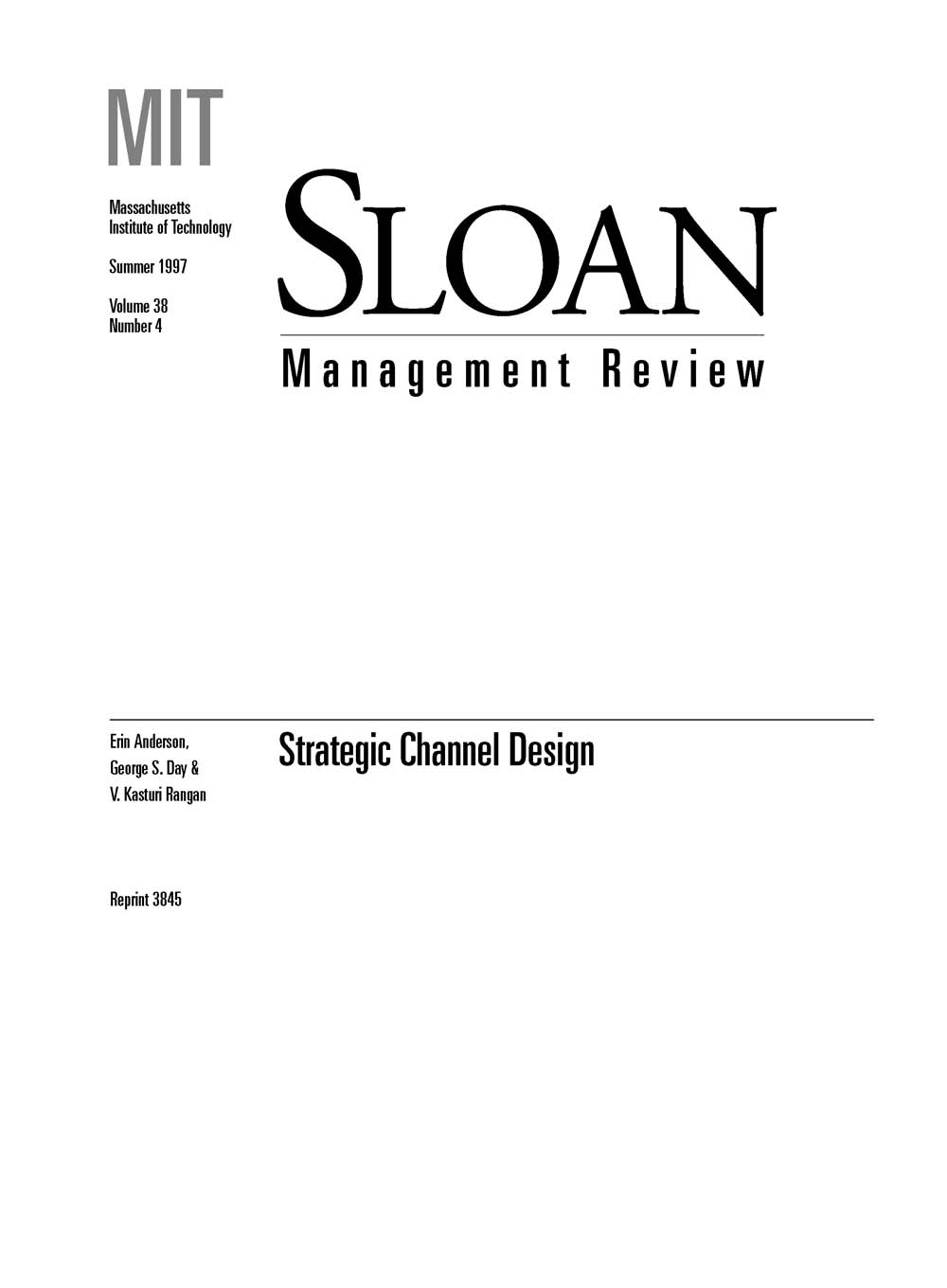Faced with the possible closing of his NCR subsidiary in Dundee, Scotland, manager Jim Adamson worked on improving manufacturing quality and restoring the confidence of customers. He also began to develop a vision for Dundee as NCR's strategic center for the ATM business. When the Ohio headquarters resisted Adamson's plans, he persevered, cooperating with people there while sponsoring independent research in Dundee. Five years later, the Scottish subsidiary won NCR's global ATM business; the next year, its market share surpassed world competitors IBM and Diebold. The Dundee case is an example of subsidiary initiative: the proactive, deliberate pursuit of a new business opportunity by a subsidiary company undertaken to expand the subsidiary's scope of responsibility. Subsidiary initiative enables MNCs to tap into opportunities around the world, and, through competition among units, it enhances operational efficiency. But these initiatives face obstacles. Managers often encounter a "corporate immune system" that works against their efforts. They need savvy, persistence, and luck to break through corporate barriers. Studying subsidiary initiatives in five countries, the authors found that they took two forms: externally focused, involving new opportunities in the marketplace, and internally focused, involving opportunities within the boundaries of the corporation. Common to both types was an entrepreneurial component. In external initiatives, a champion emerged in the early stages. These individuals tested the idea in a small way. As the project took shape, they sought allies -- local customers or mentors in the home office. Finally, once the product was viable, they formally presented it to headquarters. In internal initiatives, subsidiary managers were on the lookout for new activities in the corporation that dovetailed with their capabilities. These units needed to be well integrated into the corporate system and have a good reputation; champions of internal initiatives had to pursue a more orthodox line of attack through the formal lines of authority. Based on these observations, the authors suggest two key roles for foreign subsidiaries: market development, in which the subsidiary identifies and acts on new business opportunities in its local market, and network optimization, in which the subsidiary seeks out and eliminates inefficient activities within the multinational network. Subsidiary initiative can yield outstanding successes for large multinationals. But subsidiary and parent-company managers will have to make shifts in their roles. For those who foster the attitudes and behaviors that allow initiatives to flourish, the rewards will be substantial.
Strategy P. 18
Page 43 of 46
-
How Do You Win the Capital Allocation Game?
Why do companies frequently make bad investment decisions and continue to blunder, even after the weaknesses in their capital budgeting analyses are evident? Because, according to the authors, they don’t integrate capital budgeting into their overall strategy. Boquist et al. offer a capital budgeting framework that has six key features: (1) it is dynamic, (2) it is integral to the firm’s strategy, (3) it recognizes sequences of options, (4) it is cross-functional, (5) it aligns employee compensation with capital allocation, and (6) it emphasizes performance-based training. The authors’ framework for dynamic capital budgeting has three simultaneous steps: 1. Identify a status quo strategy and how it must perform to maximize shareholder value. The strategy will help the company determine the trade-off in capital budgeting between cycle time and risk. The more time and resources it commits to collecting information about a project, the more it can learn about cash flows and the lower the risk. But it achieves this risk reduction at the expense of a longer cycle time. 2. Establish a system for evaluating projects and preparing capital allocation requests that is consistent with the strategy. The system has four phases & #8212; a new idea phase, preliminary evaluation phase, business evaluation phase, and go-ahead or reject phase & #8212; and three tollgates & #8212; strategic, preliminary, and business. For approval, a project must pass through all three tollgates. 3. Develop a culture consistent with the strategy and the evaluation system. The company’s long-term commitment to the strategy should be evident to employees. Employees from all functional areas should be trained in the system’s underpinnings. The employee compensation system should tie bonuses to performance measures that correlate with shareholder wealth. Only by implementing an integrated framework, say the authors, can a company make intelligent investment decisions with long-term strategy in mind.
-
Negotiating Cross-Border Acquisitions
With the increasing number of mergers and acquisitions, particularly across national borders, the importance of knowing how to approach delicate negotiations has grown. In this case study and interview, James Sebenius traces an Italian copper-products company's negotiations to provide important lessons for anyone involved in cross-border transactions. Sebenius interviewed Sergio Ceccuzzi, management board member of KM Europa Metal AG and chairman of its subsidiary, Europa Metalli SpA. Together they discuss the growth of the holding company, SMI (Societa Metallurgica Italiana SpA). In 1965, SMI was one of many small and medium-sized copper transformation companies in Italy. Over the years, it developed a strategy of growth by acquisition, but only in areas that amplified its line of business. It first acquired Finmeccanica, a state-owned competitor, at a time when privatization in Italy was anathema. Next, through skillful negotiations, it acquired its major French competitor, Tr_fim_taux, also a state-owned firm. And, in its most difficult transaction, it overcame formidable obstacles to acquire Kabel-metal AG, a German competitor. Throughout his conversation with Ceccuzzi, the author indicates specific lessons to be learned from each deal. In summary, he encapsulates the lessons into twelve major points, among them: be willing to wait, sometimes for years, for the right circumstances to culminate the deal; establish good personal relationships; map out the likely players in the deal and assess their interests, not yours; figure out how to deal with potential deal blockers; and, perhaps most important, remember that, even after the deal is done, negotiation does not stop.
-
Strategy Innovation and the Quest for Value
The authoråÊdiscusses how to improve strategy making.
-
Successful Knowledge Management Projects
Eight key factors can help a company create, share, and use knowledge effectively.
-
How Microsoft Makes Large Teams Work Like Small Teams
Software product development at Microsoft allows teams to retain the autonomy of small groups by frequently synchronizing and stabilizing continuous design changes.
-
Risk Management in Financial Institutions
Financial institutions must consider when and under what circumstances they should use their own resources to provide services, and how they should manage their portfolios to achieve the highest value for stakeholders. Oldfield and Santomero, in addressing these two issues, define the role of institutions in the financial sector and focus on risk management. They explain when an institution should transfer risk to the purchases of assets that the firm has issued and when it should itself absorb the risk. Managers can consider three strategies for mitigating risk: 1. Avoid risk by eliminating those that are unessential to the financial service. 2. Transfer risks rather than absorbing them. 3. Aggressively manage risks that are inherent in the business activity. The authors delineate the various types of financial institutions and the different services and risk associated with each. Services are divided into six categories: origination, distribution, servicing, packaging, intermediation, and market making. Principal and agency activities vary in each service because the risks and incentives are quite different. There are five generic risks in providing services: systematic, credit, counterparty, operational, and legal. To some extent, all financial institutions face these risks. The authors focus, however, on those businesses in which the institutions participate as principals. The authors contrast two different types of intermediaries at opposite ends of the spectrum -- a REMIC (real estate mortgage investment conduit) and a commercial bank. In the banking business, given its nature, risk management assumes a much more important role than in the passive REMIC. The difference is the transparency or permanency of each organization's investor interests. The authors envision principal financial institutions as transparent, translucent, or opaque in information and either active or passive in operation. For example, in transparent institutions with passive investment strategies, such as unit trusts or REMICs, rules replace management. The authors propose four ways that a firm can actively manage risk: 1. Establish standards and reports. Managers need consistent information to understand the portfolio risks; investors need standard reports to gauge asset quality. 2. Impose position limits and rules. Each person who can commit capital -- trader, lender, and portfolio manager -- should have a well-defined limit. 3. Set investment guidelines and strategies. The firm should outline strategies for risk taking. 4. Align incentive contracts and compensation. The firm should compensate managers in line with the risks they bear. To implement risk management across the firm, the authors offer five guiding principles: (1) make risk management integral to the business plan; (2) define specific risks of each activity and measure them; (3) establish procedures so that risk management begins at the point nearest the assumption of risk; (4) develop databases and measurement systems that relate to how the firm does business, for example, systems that record positions on a trade-date basis; and (5) ensure that senior managers use the overall risk management system to evaluate businesses, individual performance, and value added.
-
The Evolution of Japanese Subcontracting
The authors trace the development of Japanese subcontracting from just after World War I when the labor market in Japan divided into two areas: large firms, especially heavy industries, and the rest of the economy. During World War II, the demand for munitions, cheap labor, changes in infrastructure and technology, and politics led to the further development of subcontracting. After the war, government protections aided its continued growth, until a major transformation in the 1960s during Japan's high-growth economy. The modern form of Japanese subcontracting relies on distinct practices that have developed around the system of clustered control and joint problem solving: -- Target costing. Japanese manufacturers lower costs of new products at the design stage by first determining the sale price, decomposing the price into desired profit and costs, and then breaking down costs to evaluate and price every part. Throughout the process, suppliers provide input. -- Value analysis. In joint problem-solving with prime contractors and subcontractors, Japanese manufacturers decompose increasingly complex cost structures to identify cost-sensitive elements item by item. -- Bilateral design. Modularization, which leads to cost reductions and ease of design changes, results from suppliers' proposals. -- Subcontractor evaluation. The prime contractor continually evaluates subcontractors' performance on quality, price, delivery, engineering, management competence, and long-term viability. -- Purchasing agents' role. Purchasing agents are not mere negotiators but have the technical knowledge to evaluate subcontractors' competence and teach them new production systems. Nishiguchi and Brookfield address several prevalent theories for the evolution and growth of Japanese subcontracting: dualism, flexible specialization, transaction cost economics, and cultural specificity. In their view, no single theory can fully explain the growth of subcontracting. Instead, they posit, it is the product of interaction among market demand, politics, technology, and producer strategy.
-
Tools for Strategy Development in Family Firms
Simulation tools can help business leaders with strategy and stewardship.
-
Strategic Channel Design
Three forces are changing the customary rules of distribution channel management: proliferating customers' needs, shifts in the balance of power in channels, and changing strategic priorities. Many firms are outsourcing the distribution function to third parties. Others, using IT, direct marketing, database marketing, and other variations contact customers directly, so the roles of the distributor or dealer are evolving. And some firms are simultaneously experimenting with a number of distribution options before committing to one system. A personal computer, for example, may be available by direct mail or through a computer superstore or a specialty store. Firms are also dealing through specialists rather than generalists, because specialists tend to be more focused and nimble than the manufacturer in a turbulent environment. The authors propose a strategic approach to planning for future channel configurations, control of the channel, and resource commitment. The channel must address customers' needs, ensure that the customer sees the value in the company's offering, be cost-efficient, and handle any new products and services that emerge. Anderson et al. suggest that a company first assess its current distribution channels, each channel's profitability, its market coverage, and the cost of each channel function. Next, a company should choose a channel arrangement based on sound design principles that recognize that the distribution strategy must contribute to the business's overall objectives.



